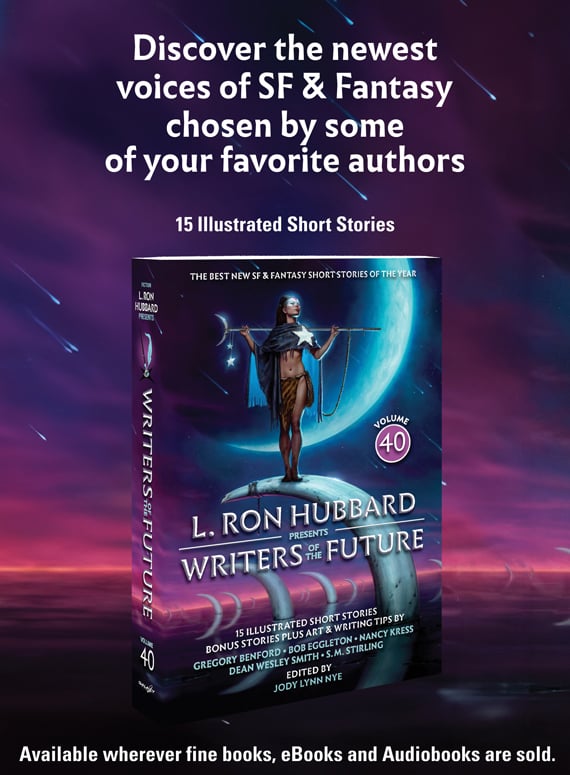
 On April 10, 1945, a train loaded with Hungarian Jews left the Bergen Belsen concentration camp. German officials were attempting to cover up the existence of the Jewish prisoners in anticipation of the arrival of Allied troops. Paul Arato, his brother Oscar, and their mother Lenke were three of the more than 2,000 people crammed onto that train. On April 13, U.S. soldiers discovered the train and liberated those inside.
On April 10, 1945, a train loaded with Hungarian Jews left the Bergen Belsen concentration camp. German officials were attempting to cover up the existence of the Jewish prisoners in anticipation of the arrival of Allied troops. Paul Arato, his brother Oscar, and their mother Lenke were three of the more than 2,000 people crammed onto that train. On April 13, U.S. soldiers discovered the train and liberated those inside.
Ahead of the 68th anniversary of that event, Rona Arato, Paul’s wife, is launching The Last Train (OwlKids), a children’s book based on her husband’s story.
Arato, a former teacher, has published 11 books for children including Ice Cream Town (Fitzhenry & Whiteside) and Working for Freedom: The Story of Josiah Henson (Napoleon & Company). Beginning in 1995, Arato spent four years as an interviewer with the Survivors of the Shoah Visual History Foundation. Established by Steven Spielberg, the foundation records the testimonies of survivors and witnesses of the Holocaust. Arato convinced her husband to be interviewed, and after hearing his story, which he rarely talked about, she thought about writing a book.
The Last Train, which launches Sunday at the Beth Tikvah Synagogue in North York, also shifts forward to when Paul met his liberators at a 2009 symposium organized by New York State high school teacher Matthew Rozell.
Quillblog caught up with Arato to talk about her book.
How long did it take you to write The Last Train? Probably about three years on and off, I must have gone through at least five drafts.
What went into putting this book together? I did a lot of research and I read the accounts of the soldiers in the 30th infantry divisions. They were quite detailed, especially of the day of the rescue. Several of them had written their own memoirs, some were online, and others were from oral testimonies. Plus, there were some of the other survivors we met at the symposium Rozell organized. It was one of the most amazing experiences we’ve ever had. And that’s where I learned a lot too. Paul was six at the time of the liberation, some of the others were 15 or 18, so their memories were a lot stronger and they corroborated each other.
How did your work with the Shoah Foundation influence The Last Train? One of my main reasons for doing the interviews was to help me understand my husband. I knew about the Holocaust but I had not grown up knowing survivors, so when I got married I suddenly found that so many things were happening that I didn’t understand, in terms of his moods. Doing the interviews was a wonderful experience and definitely gave me background and helped me write this book. I remembered people with the Shoah Foundation telling me the things they talked about in the camps, what helped them get through, and I was able to use a lot of that information.
Is it difficult to work on a book that is so close to your family’s history? It was very difficult, especially for Paul, who read the book as I was writing it. For years, Paul didn’t talk about his experience, but he says that finally telling his story and getting it out in the book has been a kind of release. He’s very happy with the result. But it’s been very emotional. There were times I would just sit here and say, “Why am I doing this?” And then I thought, “No, this is a story that needs to be told, just like all Holocaust stories.” The more that are told the more we lend weight to the reality and horror of what happened.
How do you present such sensitive material to children? I think kids can absorb an awful lot today, but it has to be presented in a way they can relate to. Telling the story through the child’s eyes helps children understand what the protagonist is going through. There are a couple of incidents in the book ” one where Paul is in a lineup and the boy next to him is shot by a guard ” that I didn’t include originally because I thought they were too horrific. But my editor said I should include them because kids can understand. So it was a difficult balance because I didn’t want to make it so horrific that the kids didn’t want to read it, yet I wanted to present a realistic picture.
 Contact us via email
Contact us via email


